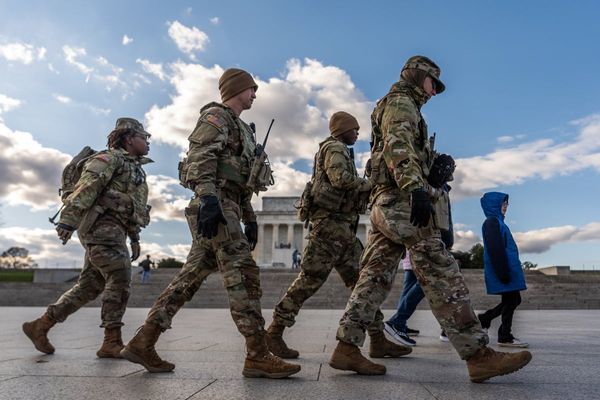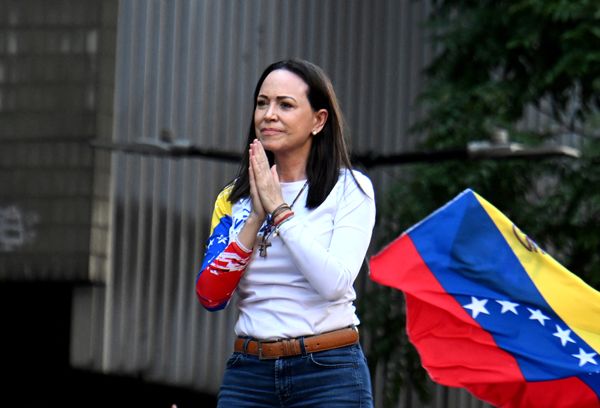When Kelsey Muhl's midwife caught her new baby in a hospital shower it was a shared moment between two women who had built a relationship over months.
"Gravity helped," Ms Muhl said, laughing about her 4.6kg baby girl Emilia, now six weeks old.
The mother of three described her latest birth as poles apart from her earlier experiences.
"With my previous births, it was a lot different," she said. "You just go and have your baby.
"But having a familiar face just helped me have that connection and feeling of support.
Ms Muhl and her midwife, Storm Henry, are part of a program pairing First Nations mothers with midwives for the duration of their pregnancy, delivery and the first days of the baby's life.
"We come from a culture where connection is huge, so it just helped me feel very supported through my pregnancy," Ms Muhl said.
About one in 10 Australian mothers have a single midwife, or caseload midwife, throughout their pregnancy, but for mothers of First Nations babies that rate has historically been much lower.
"We know when women have a main midwife or continuity-of-care model there's reduced childbirth complications," La Trobe University professor Helen McLachlan said.
"Babies are less likely to get sick, mothers are less likely to need caesarean sections."
Bridging the gap in healthy births
More than 18,000 First Nations babies are born across the country each year.
Those babies are at a higher risk of arriving early, being born underweight or needing special care.
"Outcomes for [First Nations] mothers and babies are pretty much twice as bad as non-Aboriginal mothers and babies — double the rate of preterm birth, almost triple the rate of maternal mortality," Professor McLachlan said.
According to the Australian Institute of Health and Welfare, 13 per cent of Indigenous babies were born underweight in 2019.
Reducing that number is a key target of the Closing the Gap agreement.
A new culturally safe program led by Latrobe University and the Victorian Aboriginal Community Controlled Health Organisation is looking to use midwives to achieve that.
It was part of a study published this week in The Lancet medical journal.
The program has now matched more than 700 women giving birth to Indigenous babies with either a First Nations midwife or one who has been through cultural awareness training.
"Prior to this model, there were only about 30 First Nations women ever who had received this type of care."
"One of the main things is women feel much more trusting of the system.
"Midwives are providing connection to community, connection with community-based supports."
Aboriginal families embrace Baggarrook program
Ms Henry works at the Baggarrook midwifery care program at the Royal Women's Hospital in Melbourne.
She was the midwife who caught baby Emilia.
"As an Aboriginal midwife, it's really nice to work with Aboriginal families," Ms Henry said.
"I get some of the challenges that they might face accessing the hospital and I also know how integral the mums and babies are to our healthy communities."
Those involved in the program are calling for it to be expanded.
"We're finding now that we're having to decline women because the spaces are filling up," Ms Henry said.
"There's already been 40 families that we were unable to fit into Baggarrook this year so far, so I think it's really important that the hospitals and the government commit to growing these programs."
Professor McLachlan said about 20 per cent of First Nations babies born in Victoria were delivered at the three hospitals involved in the study – The Royal Women's Hospital, The Mercy Hospital for Women and Joan Kirner Women's and Children's Hospital.
"We want the other 80 per cent of women to get access to this culturally safe model of care which we know is associated with better outcomes," she said.
While there are some similar services scattered around the country, the program's success shows the continuity-of-care model should be made available more extensively, the experts said.
"Back home in Queensland, most of the Indigenous women live in remote communities and have to fly to Cairns, to Townsville or Brisbane to have their babies, so this would definitely benefit," Ms Muhl said.
"Sometimes your family can't make it to your birth, so having that familiar face really helped."







